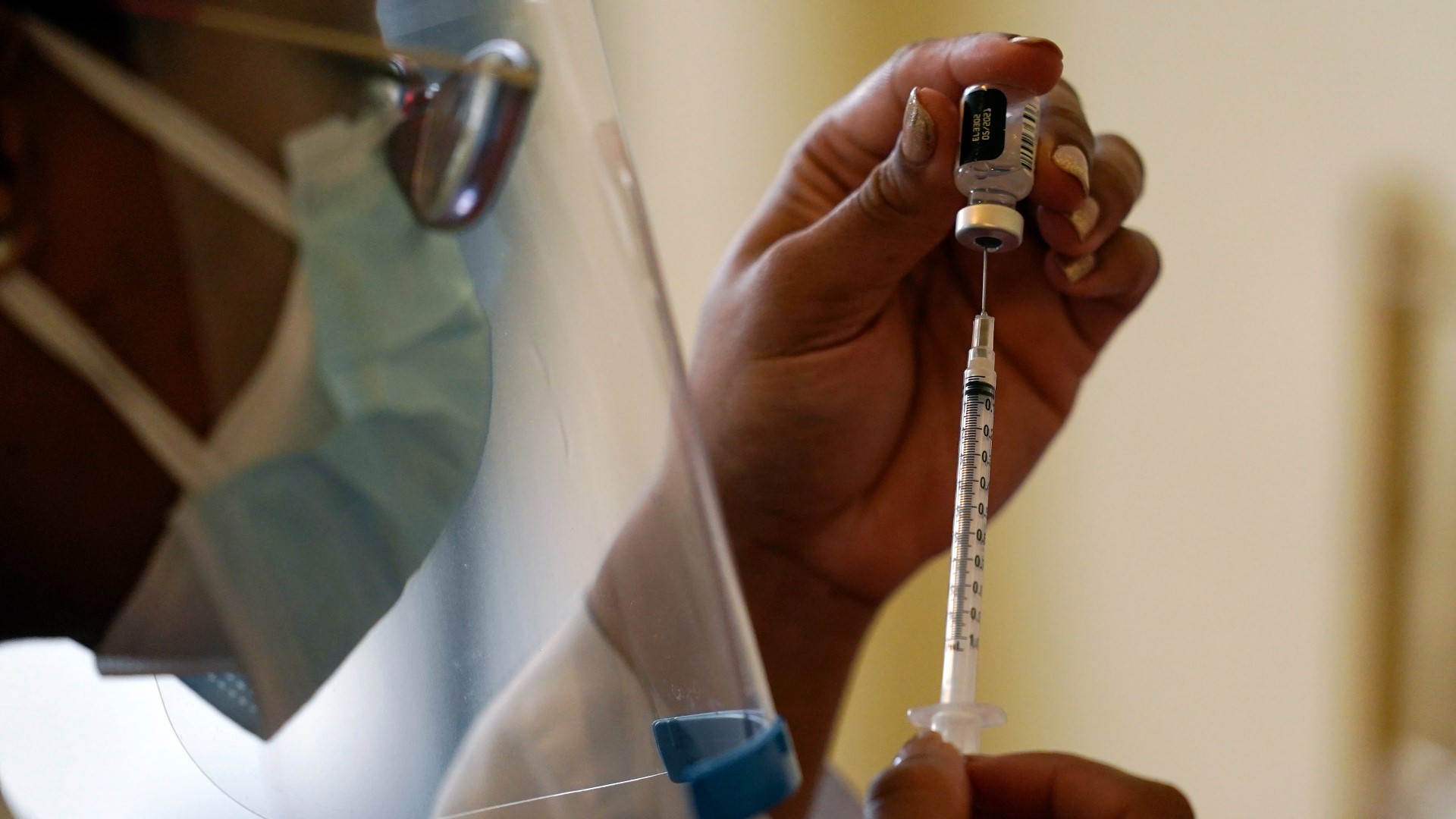ATLANTA — Medical experts were hoping the COVID vaccines would help the U.S. reach herd immunity, but now there is uncertainty over what it will take to achieve it.
Herd immunity is reached when enough people have been vaccinated or developed natural immunity through illness that a virus no longer spreads.
It’s a bit like a game of hot potato, where a steamy object is passed along until it cools. As the coronavirus is passed from one person to another who has been vaccinated or has natural immunities, the virus loses its punch.
Early in the pandemic, healthcare experts estimated we would need 60 to 70% of the U.S. population to have some form of immunity to stop the spread.
Now, there’s uncertainty over what it will take to reach herd immunity.
The mission of a vaccine is to keep the virus from entering our cells where it multiplies and prepares to spread to someone else. If someone who is infected passes the virus to someone who’s vaccinated, the odds of that virus multiplying are greatly reduced, so there’s little or no virus to give to the next person in line.
If that person is vaccinated there’s even less for the next in line.
“So the virus dies away," said Dr. M.G. Finn of Georgia Tech’s School of Chemistry and Biochemistry. “It doesn’t last forever in an infected person.”
Dr. Finn said variants of the coronavirus have thrown a kink in the numbers game. The Delta variant is more contagious and more likely to multiply once it’s inside our body.
“Which means fewer people have to get it in order for it to hop from person to person,” Dr. Finn said.
Vaccine hesitancy is playing a role.
To prevent an outbreak of measles, immunity levels need to be above 90%. Dr. Finn doesn’t believe that will be the case with COVID-19.
“Best guesses are somewhere in the 80% range,” he said. “The longer we wait, the more likely another variant could emerge that makes it even more difficult.”
Some healthcare experts say the uncertainty level is so high, they’ve stopped using the term “herd immunity” when it comes to COVID-19.

